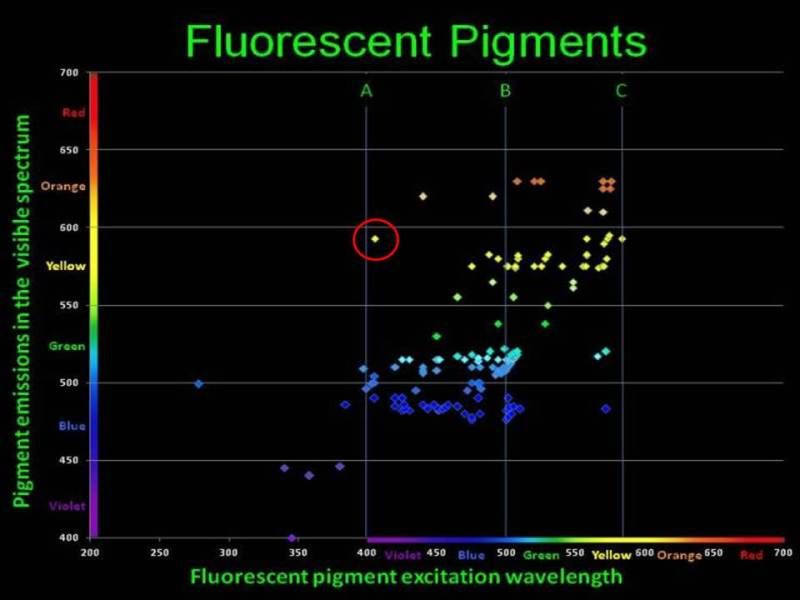


|
 |
|
|
#101 |
|
Registered Member
Join Date: Dec 2004
Location: Fairbanks, AK
Posts: 1,429
|
I just go with serial and use either a DC power supply and a buckpuck of the right current rating, or use a Mean Well that doesn't exceed the current rating. I've done both.
Anyway, yes, there are many other threads for this aspect of LEDs. Let's try to see if we can steer back to spectrum and health. |
|
|

|
|
|
#102 |
|
Registered Member
Join Date: Dec 2004
Location: Fairbanks, AK
Posts: 1,429
|
He's probably ok since he raised his lights up to a foot from 6 inches before increasing intensity, but I also recommend no sudden changes. Minor adjustments over a couple weeks should do it, as zachts said.
|
|
|

|
|
|
#103 |
|
Registered Member
Join Date: Mar 2005
Location: St. Louis, MO.
Posts: 3,259
|
I posted the caution since he mentions that the colors became more pale when he rased the lights and increased the intensity. I've had similar response with my lights. I noticed the corals begining to pale after raisng the light and increasing intensity too much at once. I rased mine from around 10" up to 18" and did pretty much the same thing, increased the lights to max intensity. But since LEDs focus the light much more than traditional lighting raising them doesn't have as big of an impact when using optics. I turned the intesity of my whites back down and the corals colored back up. Mine are manualy dimming so they are always at the same intensity all day. Obviously other factors such as tank water chemistry can effect coral color as well.....
|
|
|

|
|
|
#104 |
|
Registered Member
Join Date: Mar 2005
Location: St. Louis, MO.
Posts: 3,259
|
on the topic of lighting intensity and dimming, It would seem to me that automated dimming setups would acutally be very benificial, esspecially to mixed reefs that contain a wide range of coral types. As Crit's research indicates there is a certain point wich varies for different corals at which they are recieving too much light and must protect themselves from it and stop photosynthesis. Theoreticly by using dimming with LEDs (or any lighting source, just like the sun on the natural reef
 ) you can achieve a much broader range of lighting intensities to suit the needs of more corals at various depths in the tank by providing a period of several hours with lower intensity lighting or of purley blue light leaving the whites and colors for viewing hours only. ) you can achieve a much broader range of lighting intensities to suit the needs of more corals at various depths in the tank by providing a period of several hours with lower intensity lighting or of purley blue light leaving the whites and colors for viewing hours only.
|
|
|

|
|
|
#105 | |
|
Registered Member
Join Date: Dec 2004
Location: Fairbanks, AK
Posts: 1,429
|
Quote:
|
|
|
|

|
|
|
#106 |
|
Registered Member
Join Date: Dec 2004
Location: Fairbanks, AK
Posts: 1,429
|
 Somehow this slide got deleted from the thread. |
|
|

|
|
|
#107 |
|
Registered Member
Join Date: Jan 2016
Posts: 223
|
After some reading and watching how certain coral propagators run their spectrums, I'll be experimenting with 4 Blue+ and 2 Actinic bulbs in coming days. Currently running 3 B+, 2 C+ and 1 P+. Will be interesting to see any changes with a heavy 400nm exposure.
|
|
|

|
|
|
#108 |
|
Registered Member
Join Date: Oct 2012
Location: Texas
Posts: 3,148
|
subbed
|
|
|

|
 |
|
|